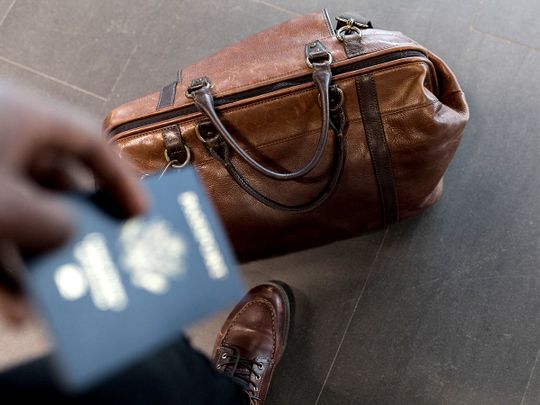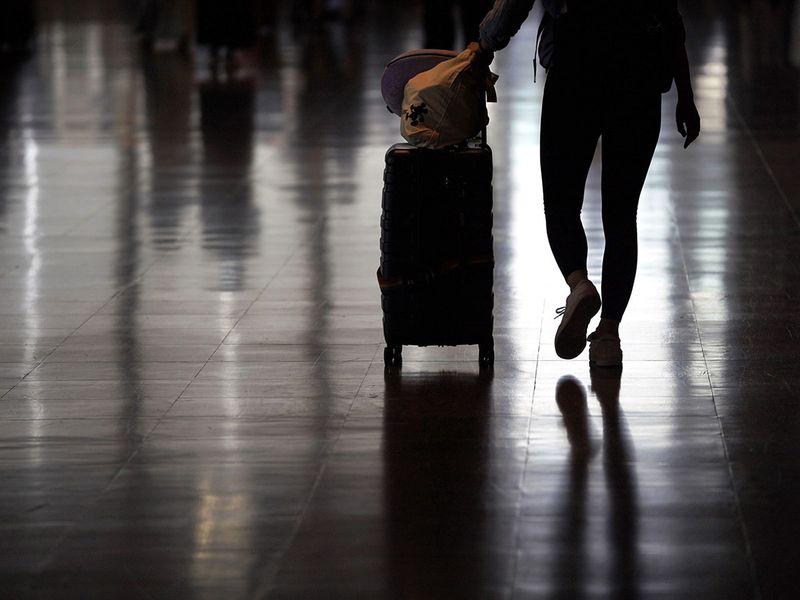
Dubai: Who wouldn’t want more for less? Be it either when you’re shopping or travelling, it’s often second nature to be on the lookout for discounts. So you may have noticed how you save more on trips made during less busier travel months? This is how you can plan your trips better.
“'Shoulder-season', also known as ‘non-peak season’ travel, is when there are lesser tourists in a year versus peak travel periods,” explained Sophia Sanchez, travel planning manager at a UAE-based European tour operator. “It’s typically the period of time between a peak season and off-season.
“This timespan can last months or just weeks. For instance, if a place's peak season is summer and its offseason is winter, then the shoulder season would be between mid-March and mid-June, and the months between September and December. But travel peaks differ with most destinations.”
Similarly, in Europe, the summer season, which runs from late May or early June through the end of August, is when many families are available to travel. As a result, it's the most expensive time to visit the continent.
However, as South America’s seasons are reverse of North America’s, peak travel seasons reverse as well. So as every destination has some seasonality built into the airfares, if you have a choice, plan your trip for the lower seasons, added Sanchez.
Perks to travelling during ‘shoulder season’?
According to a study by online research platform Statista, airfares worldwide averaged 20 per cent cheaper when booked for ‘shoulder season’ versus ‘peak season’ travel plans made during 2015-2023 of more than 10,000 airfares taken from the most popular routes across major airlines.
The same routes were compared for flights booked for peak versus shoulder season days, where peak season flights were those booked for the Monday before or after a major holiday. In contrast, the shoulder season flights were those taken two weeks before or after that date.
“There can be significant benefits to traveling during a destination's ‘shoulder season’,” agreed Dubai-based travel agent and itinerary consultant Richa Dev, while adding that aside from prices being lower, often time weather also proves favourable during such seasons.
'Shoulder-season', also known as ‘non-peak season’ travel, is when there are lesser tourists in a year versus peak travel periods
You won't compete as much for coveted reservations
“A primary perk for trips during ‘shoulder seasons’ boils down to reduced demand. You’ll see the price of everything from flights to hotels typically goes down. But this isn’t the only reason to travel ‘shoulder-season’. You’ll also enjoy increased flexibility, shorter queues, and sustainable travel.”
The higher flight prices during peak travel season stem from supply and demand – which means demand is higher. Increased interest leads to more competition across the board, whether for a hotel room at the price point you want or the chance to get tickets to a certain concert.
And that's only the tip of the iceberg. During a season of peak demand, restaurants are more likely to get filled, airplanes to fly with fewer empty seats and wait times to get longer, and the likelihood of a complimentary upgrade diminishes.

You won't see as many service closures in offseason
“While demand is high during peak season, sometimes demand drops so low during offseason that the places you want to visit aren't even open. Boat tour operators might board up for the winter, and charming ski town cafes could close for the summer,” added Sanchez.
“For example, in January, parks globally average about 15 per cent of the number of visitors that come during peak season in July. This is because ice forces certain trails to close, some roads become inaccessible to drivers, and the museum and services like shuttle buses aren't available.
"Instead, consider a trip during the September shoulder season, when crowds are at only about 85 per cent of the parks' peak but most amenities are available. Plus, you'll benefit from mild weather and the emergence of fall colours."
“Travel before summer crowds arrive and you might be pleasantly surprised with a newly renovated hotel room. Head to the mountains just after the winter holidays to take advantage of still-snowy slopes without as many skiers on them.”
Additionally, the weather is generally pretty good in non-peak seasons. “The shoulder season likely won't bring the sweltering heat or snow storms that can come with any region's offseason. And in some cases, the weather during shoulder season is actually better than peak season,” she added.
Key takeaways?
So when should be the best time to travel? If you previously thought summer, think again. Generally, summer season is the peak travel season – which is June-August in the northern hemisphere and December-February in the southern hemisphere.
So while the summer season should be thought of as the travel peak or the ‘head’, late March, April and May, and September, October, and early November, ideally act as ‘shoulder’ to summer months of June, July, and August.
Regardless of the etymological origin for why it's called the ‘shoulder season’, it helps to remember that the shoulder season is not the high season and not the low season when it comes to travelling. It's the season in between.










